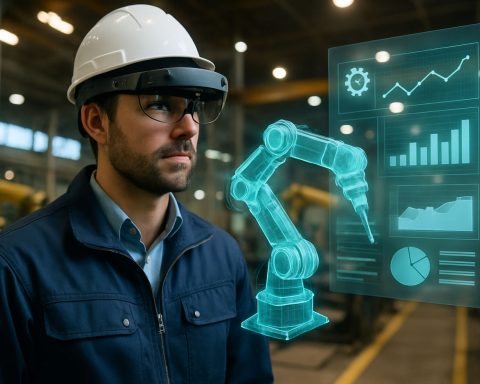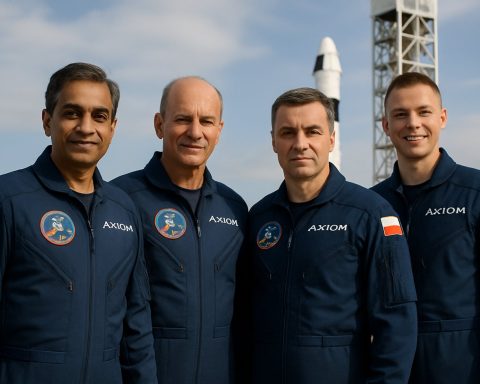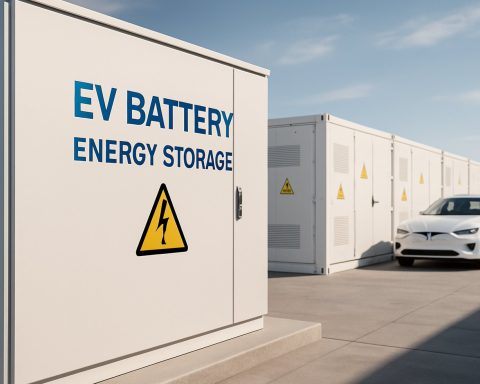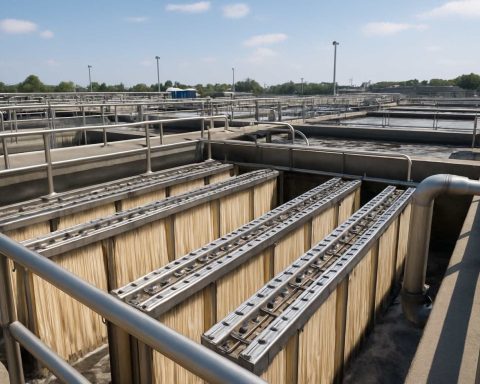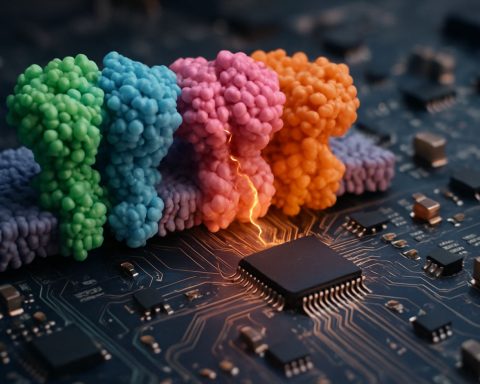- Wind turbines generally rotate clockwise when viewed from the front, a tradition inherited from technologies like airplane propellers and maritime devices.
- This clockwise rotation optimizes the interaction between the blades and the wind, generating tip vortices to improve efficiency.
- Variations in efficiency between clockwise and counterclockwise spinning are minimal, particularly across large wind farms.
- Changing turbine rotation direction would require major design and manufacturing shifts with no substantial performance gains.
- The industry favors the current clockwise design due to historical precedents and economic constraints.
- Wind turbines embody a blend of tradition, practicality, and innovation, underscoring the subtle influences guiding energy production.
At the heart of vast fields, perched along coastlines, and scattered across rolling hills, wind turbines gracefully slice through the air, their rotations harnessing nature’s breath into human power. But have you ever pondered why they mostly whirl in the same direction? This isn’t merely a matter of mechanics; it’s a confluence of history, efficiency, and practicality—an intriguing dance with nature’s forces.
As you drive past these towering titans, you may not notice, but nearly all of them swivel clockwise when viewed from the front. Why this particular direction? The answer is rooted in both tradition and subtle aerodynamic principles. Wind turbines are descendants of a lineage that includes airplane propellers and a plethora of maritime technology, all of which predominantly followed the rightward twist. During the nascent stage of turbine design, engineers borrowed from these existing technologies, and somewhere along this evolution, the clockwise rotation became the unwritten rule.
It’s not simply tradition for tradition’s sake. This specific rotational design is born from a need to optimize the interfaces between the spinning blades and the wind. As the blades circulate, they generate complex patterns of airflow known as tip vortices, crafting an invisible, swirling wake that descends downwind. This vortex can affect surrounding climate conditions, showing slightly different behaviors based on whether the turbine is in the northern or southern hemisphere. Yet, pragmatism prevails; the variations in efficiency between clockwise and counterclockwise designs are modest, especially when vast fields of turbines are strategically aligned.
Changing the rotational direction is more than switching gears; it requires a fundamental shift in the entire design and manufacturing process. As manufacturers have honed their skills in producing clockwise blades, altering this would demand lucrative investments absent clear, compelling gains in performance. The industry operates on razor-thin margins, leaving little room for such experimental shifts, especially when the current paradigm suffices.
Thus, the seemingly simple matter of which direction a turbine turns is a captivating insight into how function, past decisions, and economic factors blend in our mostly unnoticed pursuit for energy. And while today’s wind farms may not offer dramatic surprises in rotation, their quiet revolutions narrate a story of innovation molded by necessity—a reminder of how history, practicality, and the whispers of the wind guide us forward.
The Secret Behind Wind Turbines’ Clockwise Dance Revealed!
Understanding Wind Turbine Rotation: More Than Meets the Eye
Wind turbines are majestic symbols of renewable energy, spinning relentlessly to harness the wind’s power. But have you ever wondered why their rotation direction is predominantly clockwise? The reasoning is a fascinating blend of history, aerodynamics, and economic practicality. Here, we delve deeper into the layers behind this seemingly simple choice.
Historical Legacy and Design Influence
1. Borrowed Technology: Wind turbines share a technological lineage with airplane propellers and maritime technologies, which traditionally feature a clockwise rotation (when viewed from the front). This design was adopted during the early stages of wind turbine evolution because it was tried-and-true, ensuring stability and reliability.
2. Aerodynamics and Vortex Patterns: The angle and orientation of the blades create complex patterns of airflow, known as tip vortices. These patterns efficiently manage air pressure and optimize wind energy capture when designed for clockwise rotation. This aerodynamic advantage outweighs potential benefits of switching directions.
Economic and Practical Considerations
1. Cost Implications: Altering the rotational direction demands significant redesign, tooling, and retraining. The wind energy sector operates on narrow margins, making such a change risky without clear improvements.
2. Manufacturing Consistency: A global industry norm for clockwise turbines has emerged, allowing for streamlined production, maintenance, and equipment compatibility across different regions and projects.
Benefits and Limitations
– Pros: Consistent design benefits in terms of manufacturing, reliability, and economical deployment.
– Cons: Limits innovation in exploring alternative designs that may offer minor efficiency improvements.
Future of Turbine Technology: What’s on the Horizon?
1. Advanced Materials: Research into lighter, more durable materials could enhance turbine life and efficiency, potentially allowing design innovation without sacrificing performance.
2. Hybrid Energy Systems: Combining wind power with solar panels or energy storage systems is a growing trend, maximizing power generation and offsetting periods of low wind.
3. Offshore Development: Offshore wind farms are increasing, driven by advancements in turbine technology that operate efficiently in various rotational directions if economically viable.
Quick Tips for Sustainability Enthusiasts
– Support Renewable Energy: Advocate for wind power projects in your community to reduce reliance on fossil fuels.
– Increase Energy Efficiency: Implement energy-efficient practices at home to complement the benefits provided by renewable energy sources.
For further exploration into the world of renewable energy and the innovations shaping our future, visit Energy.gov for comprehensive resources.
In conclusion, while wind turbines’ directional choices are rooted in history and practicality, continual innovation and adaptation are vital as we strive towards a more sustainable future.

